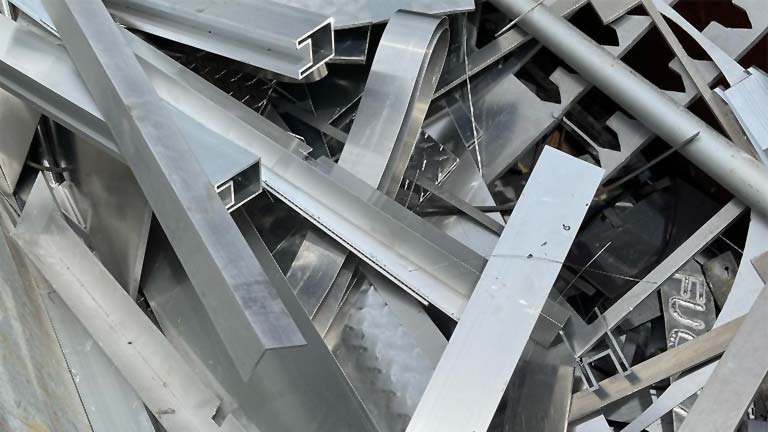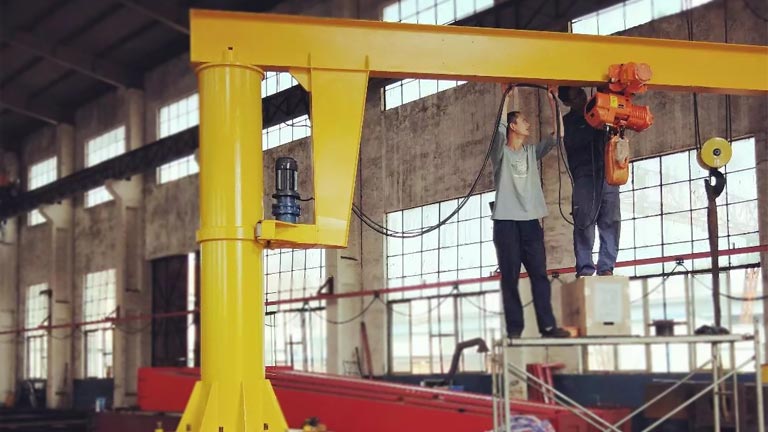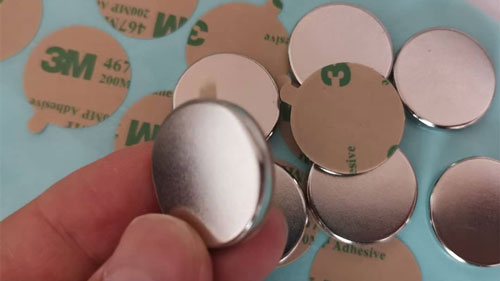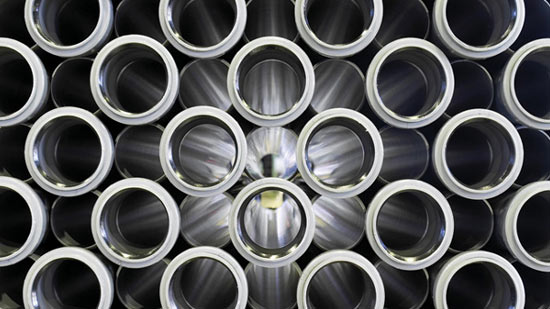
Compounds made of aluminum have been helpful for a very long time. The strongest pots were created by Persian potters around 5000 B.C. out of clay that included aluminum oxide. The ancient Egyptians and Babylonians utilized aluminum compounds to make cosmetics, medicines, and colours for clothing.
Aluminum is a metal that is made mostly from the Earth. It is found in different ores and must be smelted down to extract the metal. Aluminum is a popular metal used in a variety of products today. But where does aluminum come from, and how is it made? Don’t worry! Here today, in this post, we will unravel the answers to these questions. Let’s move further!
Find out the source of Aluminum?
The biggest producers of Aluminum are China, Russia, India, UAE, Canada, Bahrain, Australia, Norway, United States, and Iceland. Aluminum is a metallic element found in the Earth’s crust. It is mainly mined from bauxite ore, which is a type of sedimentary rock.
The aluminum is extracted by smelting the ore, transforming the rock into a metal. It is a crucial component of the green revolution because it is utilized in many different items, such as cans, foils, culinary utensils, window frames, beer kegs, and airplane parts.
Get to Know How Aluminum is made?
Aluminum is made by a process called the Aluminum Process, or you can say it is like aluminum extrusion profiles. The first step is to extract aluminum from the ore. The second step is to purify the aluminum. The final step is to produce aluminum products. Although there are numerous minerals in the globe from which aluminum may be derived, bauxite is the most frequently used raw material.
The main component of the mineral known as bauxite is aluminum oxide, which is combined with a few other minerals. Top-quality bauxite has an aluminum oxide content of at least 50%. Three phases make up the manufacture of aluminum; the first stage involves mining bauxites, which comprise aluminum.
Second, bauxites are converted into alumina or aluminum oxide, and third, pure aluminum is created via the electrolytic catalytic reaction, which involves dissolving aluminum oxide using alternating energy.
Alumina, which can be used to make around 1 tonne of aluminum, can be produced from about 4-5 tonnes of bauxite. Many big industries produce aluminum on a large scale to compensate for the world’s needs.
Conclusion
90% of the world’s bauxite resources are found in tropical and subtropical regions, and 73% of those resources are concentrated in only five nations: Guinea, Brazil, Jamaica, Australia, and India.
Bauxites come from Guinea, where there is the highest quantity (5.3 billion tonnes, or 28.4% of the world’s supply), and they are of very good quality with few impurities. Additionally, mining them is relatively simple because they are so close to the surface. In short, aluminum comes from a variety of places and is made in a variety of ways.




